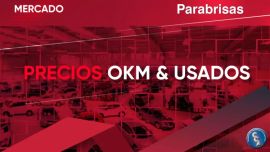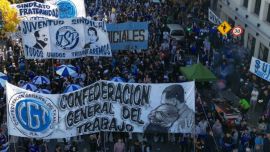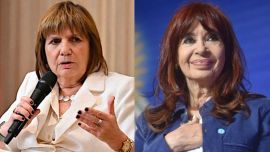Colombia on Friday marks a full month of anti-government protests that have claimed dozens of lives and invited international condemnation of its police response. Observers fear the end is nowhere in sight.
Protesters first took to the streets on April 28 against a proposed tax increase many Colombians said would leave them poorer even as the coronavirus pandemic was erasing jobs and eating into savings.
Though the reform was quickly withdrawn, it triggered a broad anti-government mobilisation by people who felt they were left to fend for themselves in the health crisis, and angry over the heavy-handed response of security forces.
Some fear deep-seated rancour will continue fueling revolt in a country intimately familiar with violent conflict and deep social inequality, with many people with little to lose.
"There is an active sector [of society] that was for a long time excluded from politics, from the workforce and now also the education system, and which got tired of being excluded," political scientist Sandra Borda of the University of the Andes told AFP.
"This is the sector that is demonstrating in the street."
Colombia is still recovering from nearly six decades of civil war, and battling ongoing violence fueled by drug wars and dissident fighters who turned their back on a 2016 peace deal.
Burning barricades
For more than 50 years, Colombia's war against FARC guerillas eclipsed all government priorities, leaving the country with a massive income gap and Latin America's largest informal work sector, according to the World Bank.
The state emerged from the conflict militarily strong, but weak on social redress.
Analysts have blamed its militarised background for the government's response to four weeks of near-daily protests that have officially left 43 people dead, all but two of them civilians.
Human Rights Watch puts the toll at 61.
Mostly peaceful protests by day have often turned into riots at night and running battles with the armed forces.
Protesters have kept barricades burning countrywide and blocked dozens of key roads, causing shortages of many products.
Two weeks of negotiations to end the unrest have yet to bear fruit.
In order to move forward, protest leaders insist the government must acknowledge abuses by the armed forces.
But Bogotá, while conceding individual bad apples, claims leftist guerrillas and dissident FARC fighters have infiltrated the demonstrations to foment violence and vandalism.
'Country of urban conflict'
Analyst Hernando Gómez Buendía believes violence in Colombia is shifting from the rural areas, where much of the armed conflict was fought, to the cities.
"That is part of what is exploding: a very large force of young people from the city who are discovering politics," he told AFP.
"Colombia is in the process of becoming... a country of urban conflict."
And there is much fodder for urban anger.
Like elsewhere in the world, the pandemic plunged Colombia's most vulnerable people deeper into despair, with 42.5 percent of the country's 50 million people now living in poverty with little state help.
"The fight against poverty has been turned back at least a decade," said Borda.
A third of Colombians between the ages of 14 and 28 do not work or study.
There is a whole generation "without fear — the children of those displaced by the armed conflict who live in rough neighbourhoods of the big cities and who have much difficulty accessing education, the workforce," Borda said.
No 'release valve'
Already in 2019, the year after President Iván Duque took power, students took to the streets demanding free and more accessible public education, better jobs and a supportive government.
The coronavirus outbreak put an end to that without Duque having to make major concessions.
Then, as the pandemic continued to bite, Duque announced extra taxes this year on the middle class — an indignation that "unified" and rallied the protest movement, according to Gómez Buendía.
Unlike social upheavals in Chile — where protests led to constitutional reform — or Ecuador, which held elections, Colombians have not yet experienced a "release valve" to their many frustrations, said Cynthia Arson, director of the Latin American Program at the Woodrow Wilson International Center for Scholars.
Another 29 wounded in clashes — including four police officers — were reported Thursday as the Senate threw out a motion of censure against the defence minister, under whom the police fall.
Due to leave office in 2022, Duque is now weighing between a "repressive or negotiated exit" from the challenge to his government, said Gómez Buendía.
In any event, his unpopularity seems to be aiding the left, which has never won the presidency in Colombia's history.
Former guerilla and ex-Bogotá mayor Gustavo Petro is leading in the polls.
by Héctor Velasco, AFP


















Comments